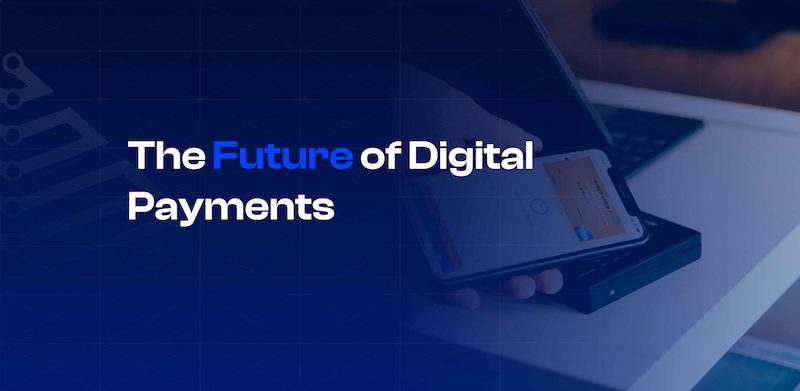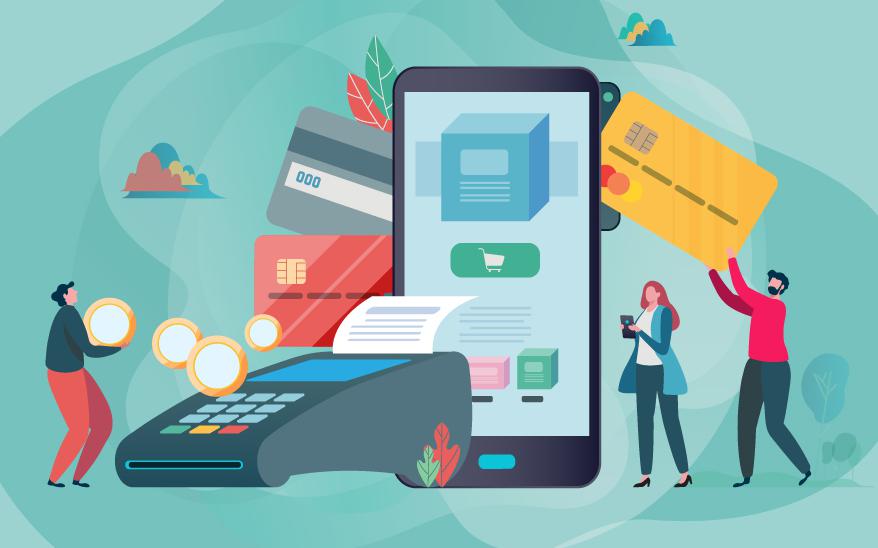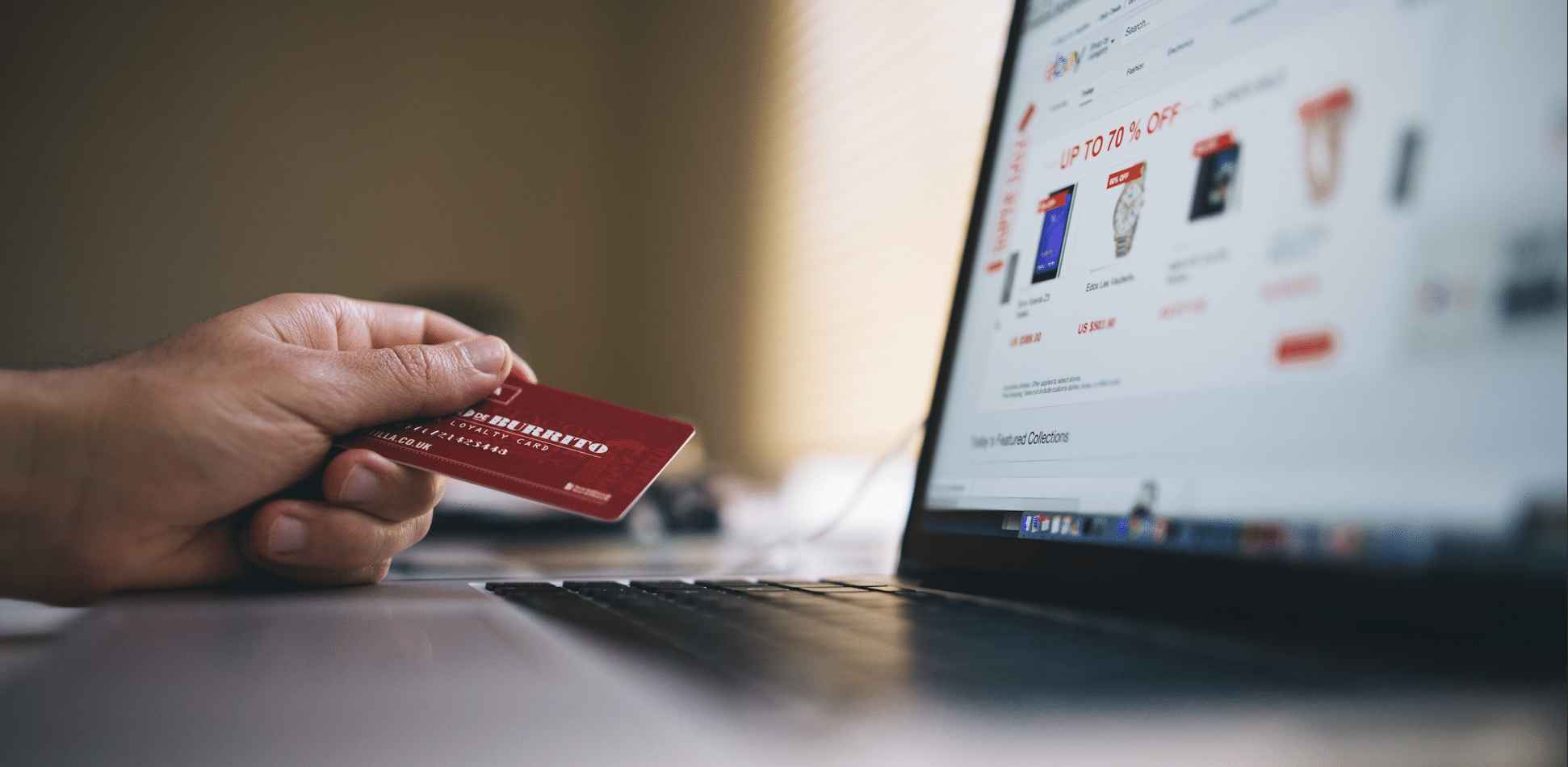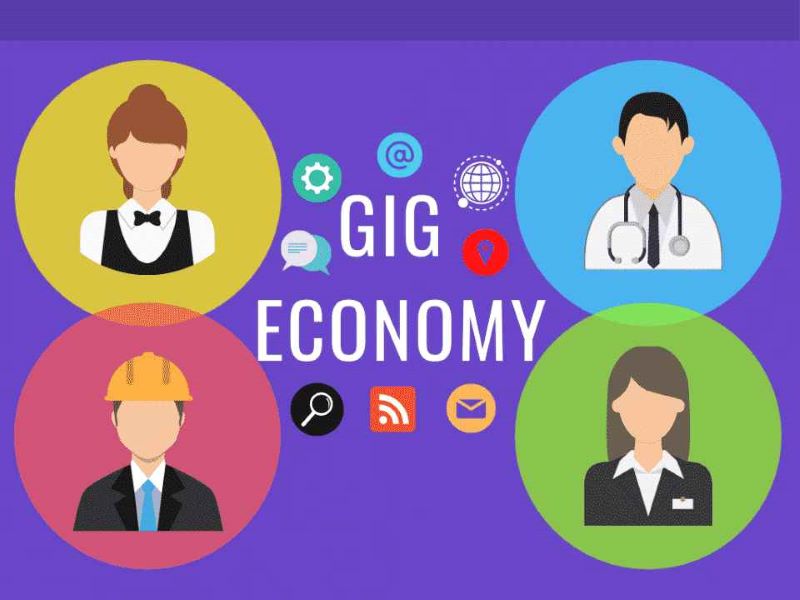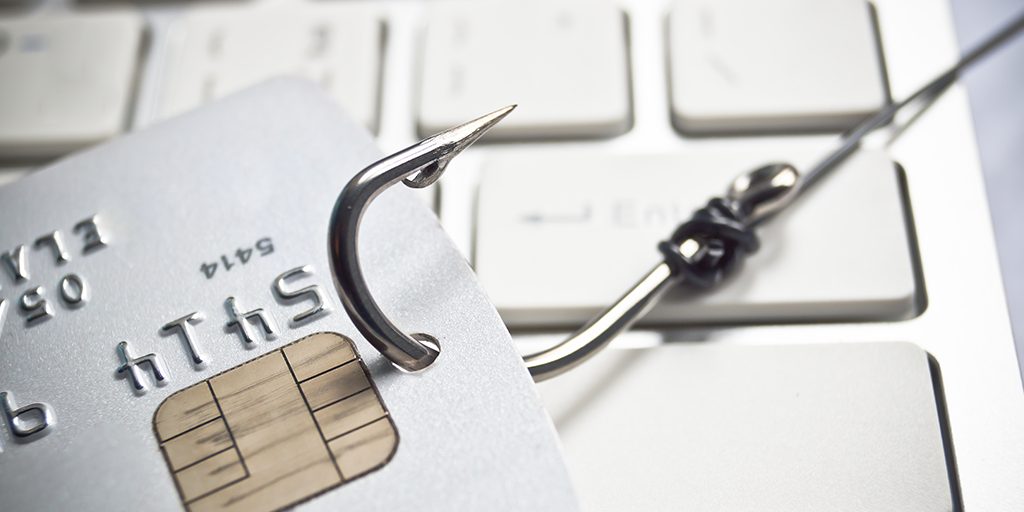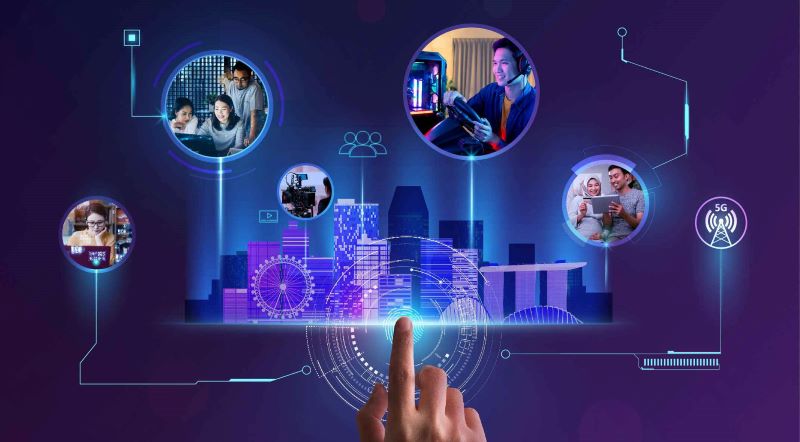Ready to steer through the Future of digital payment platforms? Stick with me. Money moves fast, so we can’t drag our feet. We’re leaving cash behind, diving into digital waves. You’ve seen phones replace wallets, friends pay each other with a tap. It’s a new world. Up ahead? Technology’s magic – making payments safer, smarter. Picture paying with your face or a simple gesture. Global change is coming, we’re going cashless. Inclusion is key – everyone should join this journey. The road’s not simple though. Laws and tech must shake hands. We have to keep our footing while we race to the future. Wait till you see what’s in store – your transactions will never be the same.
Understanding the Shift to Digital Payment Platforms
The Rise of Mobile Wallets and Contactless Payments
We are moving fast toward a world where cash is taking a back seat. Today, I tap my phone, and boom! Payment made. No more waiting for change or swiping cards. Mobile wallets let us put our money on our phones. And with a simple tap, contactless payments are the norm. Shops, buses, and even street vendors now prefer this way. It’s not just about being “cool” – it’s safe and quick!
This shift isn’t just about comfort. It’s a big jump in how we protect our money. Each tap is a secret talk between your phone and the register. This talk has special codes, so only they understand what’s said. That’s why it’s a safer choice than the old swipe or chip cards.
Peer-to-Peer (P2P) Payment Systems and Their Impact on Traditional Banking
Let’s chat about P2P payment systems – think of apps like Venmo or Cash App. These apps change how we send money to friends. No more ATMs; a few taps on my phone and money flies to a friend in seconds. And you know what? Banks are noticing. They have to keep up or get left behind.
P2P apps make sending cash to anyone a breeze. It’s like texting money across the room or the ocean. As more folks use these apps, banks are thinking hard. They’re asking, “How do we stay important?” People want easy and fast ways to deal with their money. Banks now work on their own digital tools. They want to give us the same simple experience P2P offers.
So, what’s all this means for us? Less time spent on banking and more time enjoying life. Shops, friends, bills – all paid with a tap or click. No ruffled bills, no lost coins. It’s a sign that money is now a thing in our phones, not just our pockets. And while banks scramble to keep up, we’re already zipping ahead. This is the new face of buying and sharing – welcome to digital wallets and P2P payments!
Technological Innovations Reshaping Payment Systems
How Blockchain is Revolutionizing Security and Transparency in Payments
Let’s talk about how blockchain is a game-changer for keeping money safe. This tech makes a secure list of all the money moving around. It’s like a ledger that everyone can see, but no one can mess with. This means no more worries about someone faking a payment. Each transaction gets locked in blocks linked together. It is all out in the open, so we know the money stuff is clear and honest.
Blockchain is big in payments because it’s not just safe but also smart. It can handle a lot of transactions fast and without errors. It’s like having a super-smart ledger that works non-stop. Businesses like this because it cuts out the middleman, making payments quicker and cheaper.
The Integration of Biometric Security and NFC Technology for Safer Transactions
Now let’s dive into biometrics and NFC. These are fancy words for some cool ways to pay. Biometrics uses parts of your body, like your fingerprint or face, to check it’s really you. It’s like having a super-secret handshake that only you know, keeping your money much safer.
NFC stands for Near-Field Communication. It’s the magic behind tapping your phone to pay. Just bring your phone close to a reader, and bam! Paid! No need for cash or cards. It’s quick, easy, and getting more popular every day.
Put biometrics and NFC together, and paying gets even safer. Even if someone took your phone, they couldn’t pay with it because they’re not you. Safety first, right? Biometric security and NFC are making our shopping trips smooth and worry-free.
This duo is popping up everywhere, from stores to buses. As we move away from cash and cards, these techs are here to stay. They offer a quick tap to pay and keep your money safe using the unique stuff about you. Now that’s a win-win in the world of buying and selling!
There you have it – blockchain and biometrics with NFC: these are the stars shaping how we send and spend money. They’re making sure our cash stays ours, and our payments are swift. So the next time you pay, just remember the smart tech at work. It’s making our money moves safer and our lives a tad bit easier!
The Global Movement Towards Cashless Economies
Digital Currencies and Cryptocurrencies: Adoption and Effects on Payment Landscapes
Shop without cash? Yes, it’s the new norm. Around the world, more people now tap phones or cards to pay. This move from bills to digital money is game-changing.
Everywhere you look, mobile phones replace wallets. We call this mobile wallet advancements. They make buying quick and secure with a simple tap. Peer-to-peer payment systems are a big part too. They let friends and family swap money as easily as sending a text.
Then, there’s blockchain in payments. It ensures every transaction is locked down tight. Think about paying for coffee with a digital coin. In comes blockchain, making sure it’s a smooth and honest trade. Cryptocurrency impact on payments? Huge. It’s the wind beneath blockchain’s wings in this digital shift.
Picture this: You’re in line to pay. You reach for your phone, not your wallet. A quick scan of a QR code, and you’re done. This is the contactless transactions trend. It speeds up lines and makes everyone’s day a little easier. Near-field communication, or NFC growth, makes these speedy checkouts happen. Wave your phone close to a reader, and all done – your goodies are paid for.
Fostering Financial Inclusion Through Digital Payment Infrastructures
Now, let’s talk about bringing everyone on board, even folks who had no bank before. This is fostering financial inclusion. By building digital payment infrastructure, we knit a net that can catch everybody. People in faraway places or small towns can now join the global market. All thanks to fintech innovations.
Money moves faster across borders with digital banking integration. It’s a new bridge that links distant lands. Even better, cashless societies can make sure every person gets a fair chance. You don’t need a physical bank. If you have a phone, you’re set.
Imagine sending money to family across seas. It was a headache before, but digital remittances make it a breeze. With a few taps on your phone, your love flies across the ocean.
In such societies, every penny, every transaction, counts. No one carries cash; it’s all in the digital realm. QR code payments evolution has turned your phone into a magic wand for buying goods.
Mobile payment user experience is also top-notch now. Companies fiercely aim for seamless checkout experiences. They want to make sure you smile every time you shop.
Financial tech brings us closer, wherever we are. From contactless payments to peer-to-peer systems, our world gets smaller and smarter. All while keeping our hard-earned cash safe, with biometric payment security and more.
As we look ahead, the cashless wave seems unstoppable. It promises ease, speed, and a seat at the table for everyone. Welcome to the future, where your phone isn’t just for calls – it’s your wallet, too!
Compliance and User Experience in Tomorrow’s Digital Payments
Balancing Regulatory Challenges with the Innovation of Real-Time Payments
Think about shopping without waiting to pay. Picture money moving fast, no delay. That’s real-time payment processing. People love it! But, it’s tough. We must follow the rules. Better tech makes it harder. Why? Because laws need time to catch up. Yet, they keep our cash safe. Keeping the balance is key. We need new ideas that play by the rules.
Real-time payments are instant. They work any time, any day. This is great for us all. But laws have to be tight. This stops bad folks from doing harm. We use top tech like blockchain to help. Blockchain keeps a close eye on transactions. It’s like a digital guard. Always watching, never missing a beat.
Safe payments are huge. They build trust and ease worries. With blockchain, we can see all the details. This makes sure money goes where it must go.
Enhancing User Experience with AI, IoT, and Other Emerging Technologies in Payment Processing
Now, let’s chat about how things get even better. We add cool tech like AI and IoT. AI helps us learn what you like. It makes paying smart and easy. IoT connects things like your phone and watch. You pay with a tap or even a nod. Sounds like future talk, but it’s here now!
AI in payment processing? Think of a smart helper making things smooth. It spots issues before they turn into problems. For you, payments are quick and worry-free. IoT means your gadgets talk to each other. Paying becomes part of your day, just like that!
Mobile wallets let us shop with a phone tap. Biometric payment security uses your face or thumb. No more lost cards! Biometric security feels like magic. But it’s real and it’s here to stay.
Buying stuff should be fun, not a headache. That’s the goal. And with AI, we’re on track. It’s all about making your life easier. When AI and IoT team up, it’s a win. Paying for things becomes almost invisible. You get more time for what you love.
These changes are big. They mix the cool with the need-to-know. We make payments snappy while keeping them safe. That’s the power of tech. It’s not just about paying. It’s about making every day better. With every tap, click, and nod, we’re moving forward. Tomorrow’s tech is shaping how we buy, sell, and share. And you’re right at the heart of it.
In this post, we explored the big shift to digital money ways. We saw how mobile wallets and no-touch pay options are taking over. We also looked at how P2P payment systems are changing our usual bank habits. Plus, we learned about cool tech, like blockchain and biometric security, that’s making paying safer. We talked about how the world is moving away from cash and how new money types, like digital coins, are coming into play. These changes help more people get access to banking. Lastly, we thought about how rules and cool tech need to work together to keep payments fast and safe. To wrap up, it’s clear that we must keep up with these changes to know how we’ll pay for things tomorrow. It’s an exciting time, and staying informed means we can make smart choices about our money!
Q&A :
What trends are shaping the future of digital payment platforms?
With technology evolving rapidly, several trends are influencing the future of digital payment platforms. These include increased use of mobile wallets and payment apps, the emergence of blockchain and cryptocurrency in mainstream transactions, and the growing importance of security and fraud prevention measures. Additionally, contactless payments and integration with Internet of Things (IoT) devices are gaining traction. These advancements are making digital payments more convenient, secure, and widespread.
How will cryptocurrencies affect digital payment platforms in the future?
Cryptocurrencies, particularly those with low transaction fees and fast processing times, are expected to leave a significant imprint on the future of digital payments. As they are decentralized and not linked to any specific country’s currency, they offer a borderless payment solution. Digital payment platforms might integrate cryptocurrency wallets, facilitating seamless exchanges between digital currencies and fiat money. This could lead to broader adoption and a reshaping of how online transactions are carried out.
What role will AI and machine learning play in digital payment platforms?
AI and machine learning are set to revolutionize digital payment platforms by enhancing personalized customer experiences, automating fraud detection, and improving security protocols. These technologies can analyze vast amounts of transaction data to identify patterns, prevent fraudulent activities, and customize offers for users. Machine learning algorithms can also optimize payment processes, reduce errors, and manage risks, making digital payments smarter and more secure.
Can digital payment platforms replace traditional banking?
Digital payment platforms are progressively complementing and, in some cases, replacing traditional banking activities. Features like direct peer-to-peer transactions, instant payments, and mobile banking services allow users to manage their finances without relying on traditional banks. However, whether they will completely replace conventional banking depends on user trust, regulatory developments, and the degree of technological integration into the broader financial ecosystem.
Are digital payment platforms safe to use?
Digital payment platforms prioritize user security and employ advanced encryption and authentication methods to protect transactions. Most platforms use multi-factor authentication, secure tokens, and biometric verification such as fingerprint or facial recognition technologies to enhance safety. Despite such measures, no platform is entirely immune to risks, so it’s essential for users to practice safe digital habits, such as using strong, unique passwords and being aware of phishing scams. Regular updates and security audits by the platforms also play a critical role in maintaining user trust and safety.

